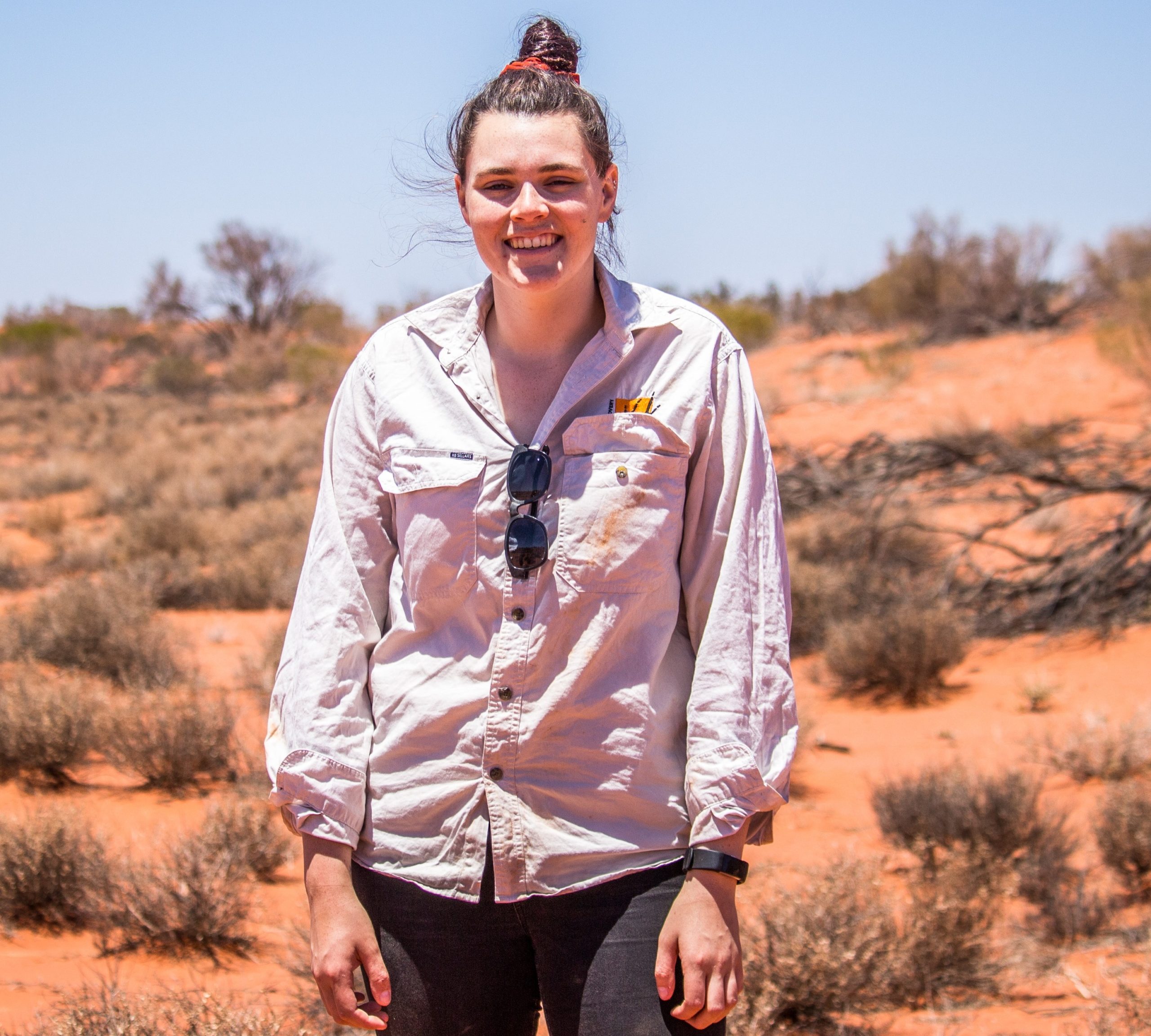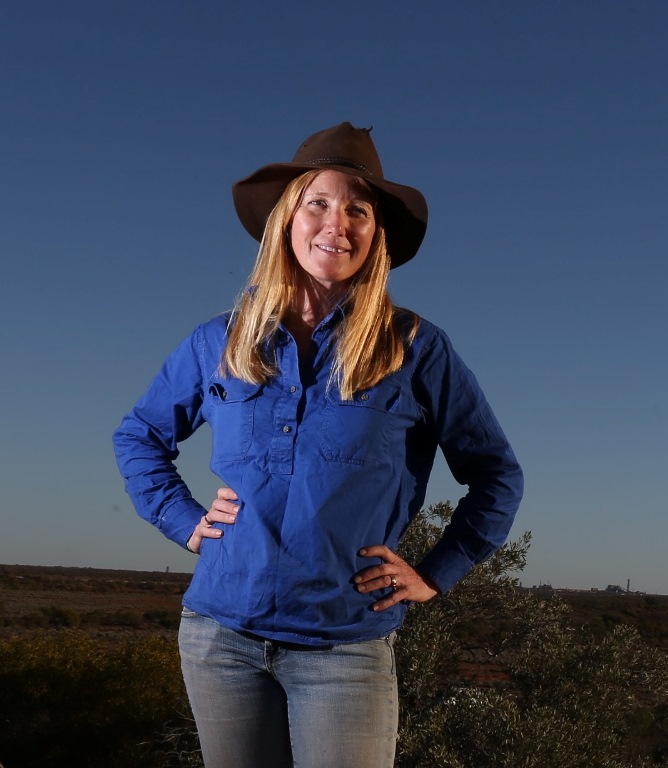What if I told you there was an animal like no other?
An animal the size of your hand that pronks like a gazelle, has a tail that’s half antenna/half paintbrush, smells like a mop and has a wet button nose the colour of a rose?
What if I told you that this animal was a feisty hunter that lives in some of the harshest and most desolate landscapes on Earth?
What if I told you this animal was real?
Well it is. Meet the Kowari.

This is a truly fantastic beast that lives in the Sturt Stony Desert, deep in outback South Australia and Queensland. It’s elusive, it’s shy and it’s very hard to find.
And it’s getting rarer. First discovered by western science in 1895, it has disappeared from the Northern Territory and from many sites in both SA and QLD. Worryingly, once it disappears from a site, it struggles to return. This is different to similar species in the area, like the crest-tailed mulgara, which have been travelling hundreds of kilometres over the past 25 years and recolonising their old homes.

More worrying still, the kowaris has also been declining in its remaining strongholds, so much so that it should probably be classified as Endangered (Greenville et al. 2018).
So, how do you conserve an animal that is found on no national parks in SA, no fenced reserves anywhere, lives in the most barren landscapes in the middle of nowhere and that virtually no-one has ever heard of?
It’s going to need a lot of collaborations. This need has driven the formation of a new Kowari Group, made up of scientists and land managers involved with this elusive animal. They are from a diverse mix of government, pastoralism, not-for profit organisations, consultants and universities, and are putting their heads together to conserve kowaris.

The remaining South Australian populations (all on pastoral land) have been closely surveyed by the South Australian Department for Environment and Water for the past two decades. The Queensland Department of Environment and Science and Australian Wildlife Conservancy are monitoring kowari populations in Queensland’s Diamantina and Astrebla Downs National Parks. Researchers at the University of Sydney are piecing all the information together to measure how drastically the kowari numbers have fallen and are working with the Kowari Group to find out why they are struggling to return to their old habitats.

Arid Recovery is also taking part. Joining a SA Department for Environment and Water kowari survey in May this year, we were able to view the plight of the kowari first-hand. In the future, bringing kowaris to Arid Recovery (which is on the edge of their former range) provides a feral-free sanctuary and an opportunity to learn about what they need to survive in other areas. If a secure population can be established at Arid Recovery, it could then be used to bolster dwindling wild populations and restock locally extinct ones.
We’re all working together, exploring all the options to try and save this wonderful, weird, spunky and adorable Aussie battler.
It’s not an icon yet, but it should be.






















